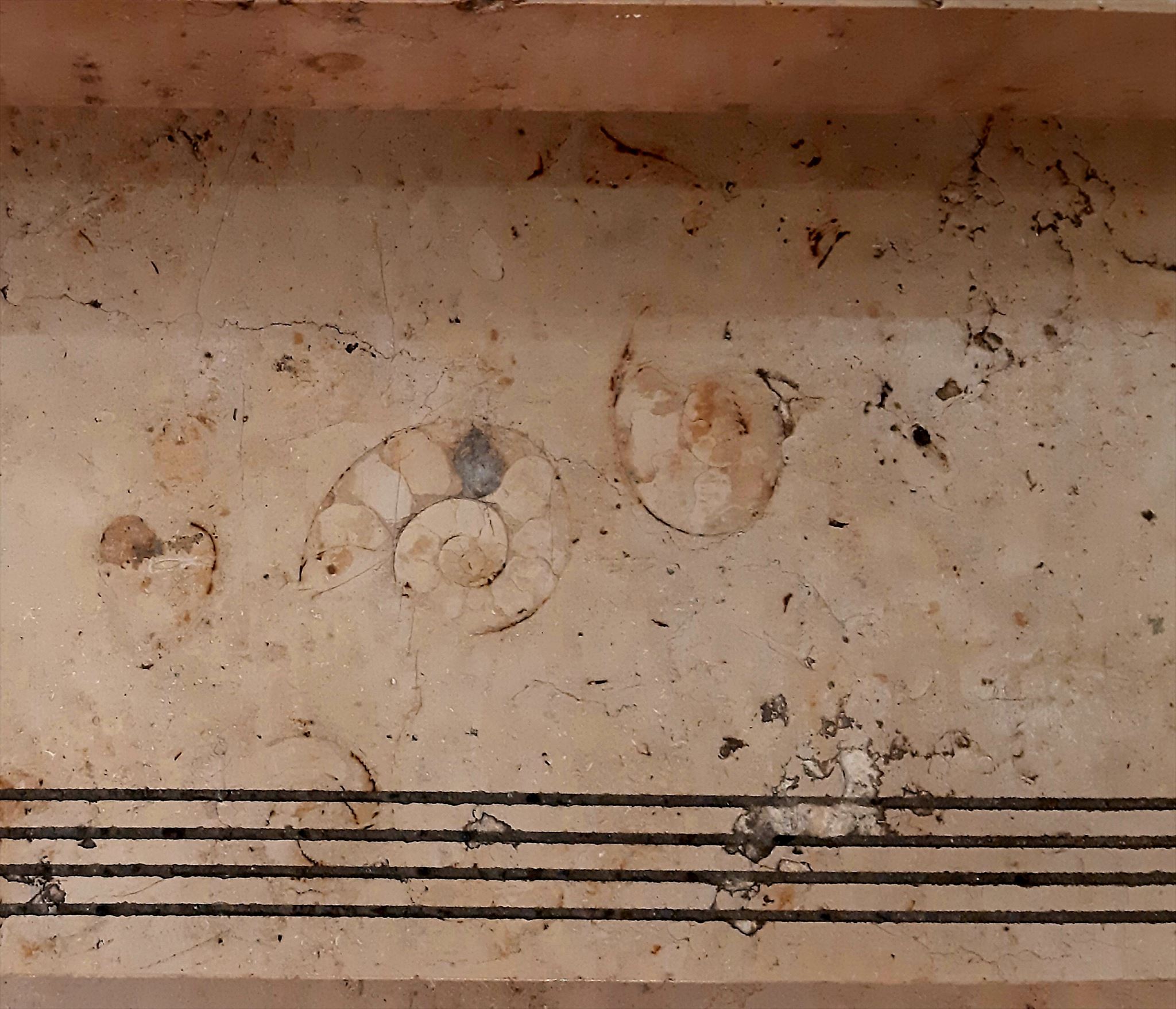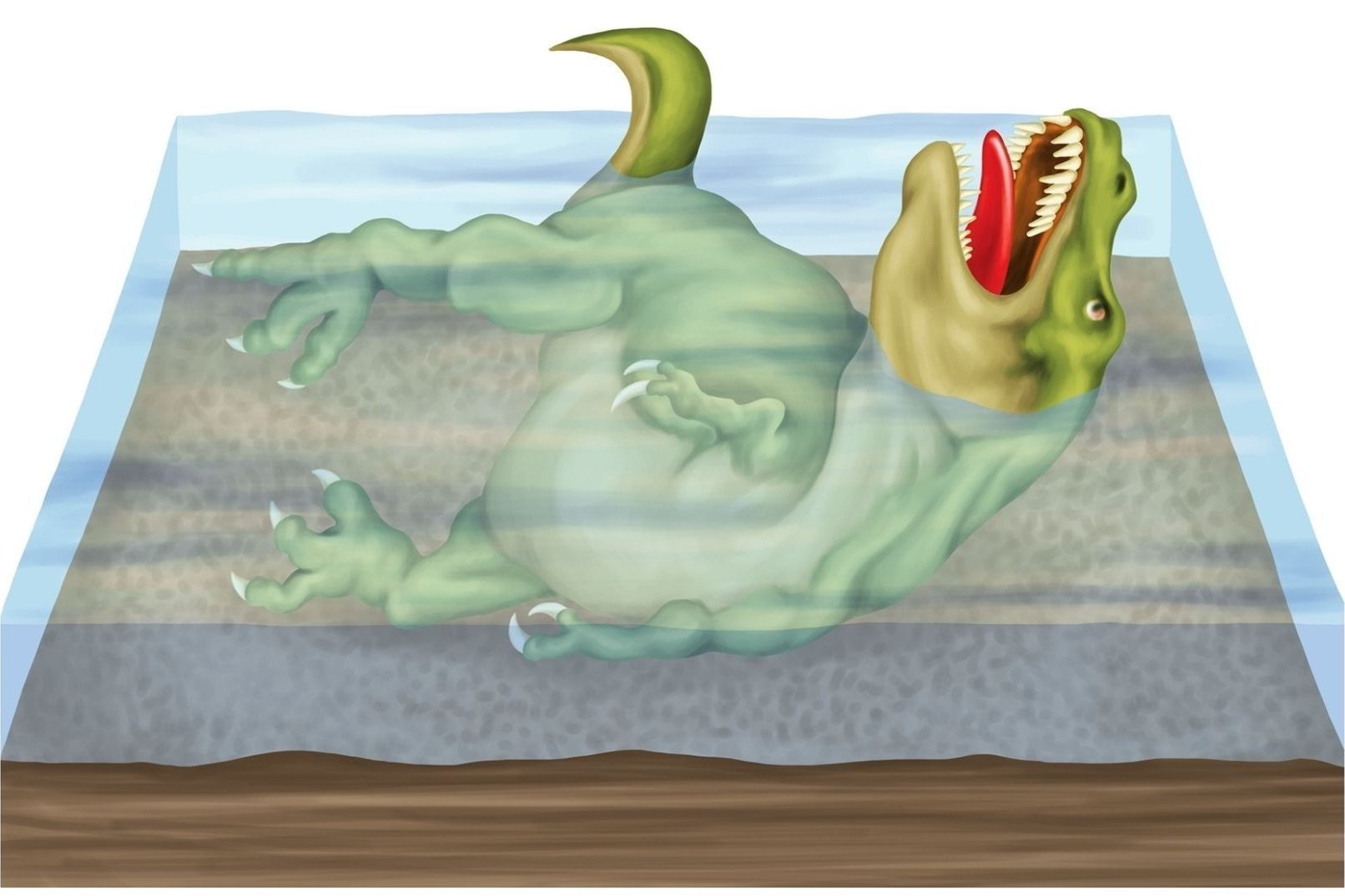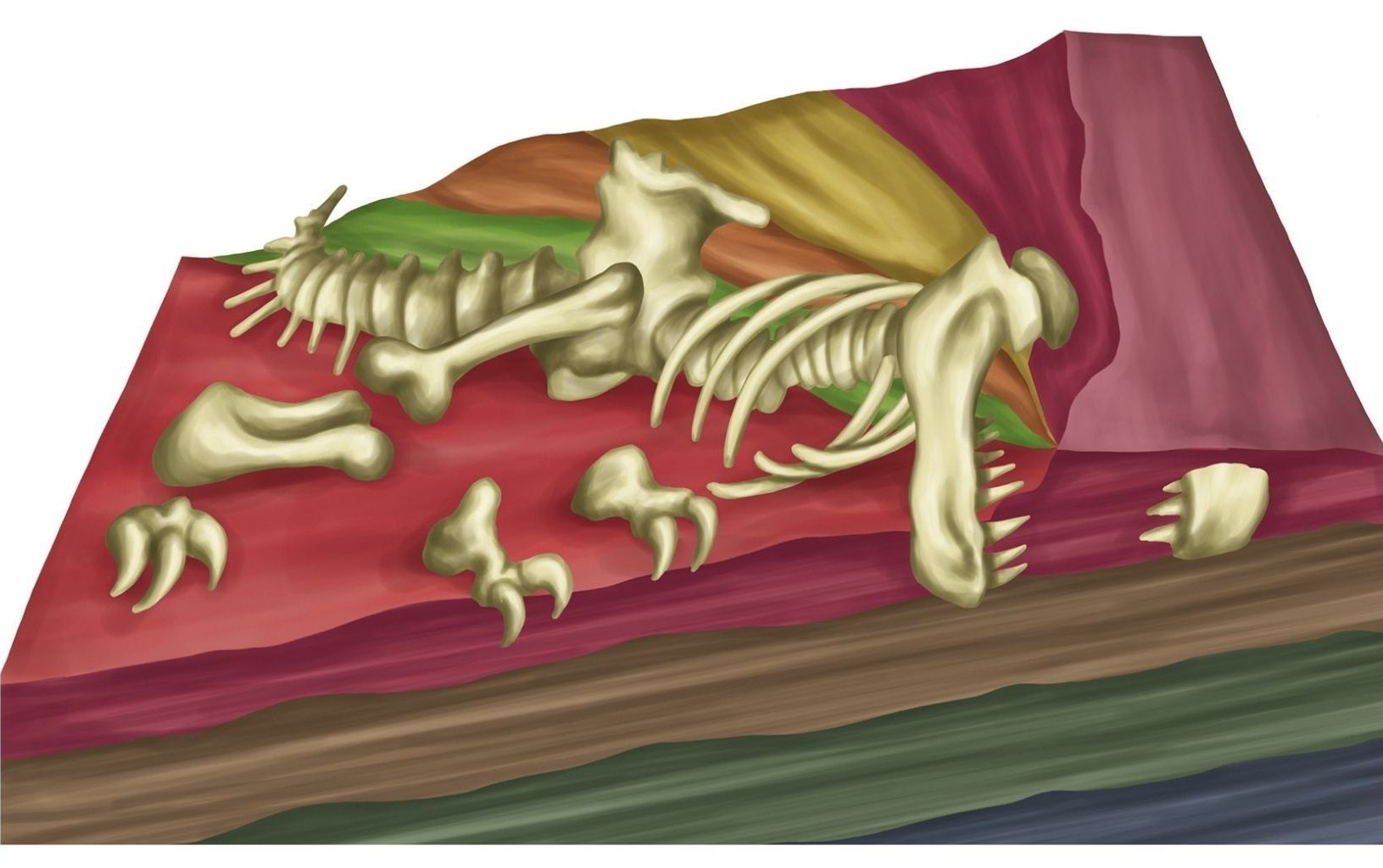[EST] Võite olla üllatunud, kui sageli te eelajaloolistest loomadest mööda lähete, neid isegi märkamata. Fossiile võib leida kõige ebatõenäolisemates kohtades. Kohtades, kus neid kindlasti ei ootaks! Näiteks nagu antud juhul – kaubamajas. Kivistised asuvad trepikojas, mis viib alumiselt korruselt 1. korrusele.
PUHUL NA JUURDEPÄÄS IGA PÄEV 9.00–23.00. (võib varieeruda olenevalt poe lahtiolekuaegadest)
[ENG] You might be surprised how often you walk past prehistoric animals without even noticing them. You can find fossils in the most unlikely places. In places where you would definitely not expect them! For example, as in this case - in a department store. The fossils are located on the staircase that leads from the ground floor to the 1st floor.
CACHE IS AVAILABLE EVERY DAY from 9:00 a.m. to 11:00 p.m. (may vary depending on store opening hours)


SÕNA FOSSIILI MÄÄRATLUS / DEFINITION OF THE WORD FOSSIL:
Fossiilid on eelajalooliste organismide jäänused, mis on säilinud tänapäevani. Fossiil võib olla dinosauruse luu või iidsete puude kivistunud tüvede jäljend. Viz on mis tahes täielik või mittetäielik loomse või taimse päritoluga jäänused, mis on vanemad kui 10 000 aastat (pleistotseen ja varasem). Kuid säilmed peavad andma meile vähemalt aimu eelajaloolise organismi kujust ja struktuurist. Kõige sagedamini säilivad organismide kõvad osad - luud, hambad, karbid, karbid või kahepoolmeliste karbid.
Fossiilid on materiaalsed tõendid meie planeedil geoloogilises minevikus eksisteerinud elu olemasolust.
Fossils are the remains of prehistoric organisms that have survived to the present. A fossil can be an imprint of a dinosaur bone or petrified trunks of ancient trees. They are any, whether complete or incomplete, remains of animal or plant origin older than 10,000 years (Pleistocene and older). However, the remains must give us at least a basic idea of the shape and structure of the prehistoric organism. Hard parts of organisms are most often preserved - bones, teeth, shells, shells or shells of bivalves.
Fossils are material proof of the existence of life that existed on our planet in the geological past.
ILUSTRATIIVNE NÄIDE FOSSILISEERIMISEST / ILLUSTRATIVE EXAMPLE OF FOSSILIZATION:

1. Dinosaurus sureb jões. / A dinosaur dies in a river.
2. Dinosaurus keha na kaetud setetega. Liha na lagunenud, kuid luustik na alles. / The dinosaur's body is covered in sediment. The flesh decomposed, but the skeleton remained.

3. Lisanduvad settekihid, toimub tihenemine. Setted muutuvad kivideks a dinosauruste luud fossiilideks. / Layers of sediment are added, compaction occurs. Sediments become rocks and dinosaur bones become fossils.

4. Kivikihid tõusevad pinnale. / Layers of rock rise to the surface.

5. Erosioon paljastab fossiili. / Erosion reveals a fossil.
Vahemälu võimalikuks logimiseks külastage vahemälu koordinaate a saatke vastused nendele küsimustele profiliili või e-posti teel:
1. Selgitage, kes või mis on fossiil?
2. Kirjeldage lühidalt, kuidas tekib fossiil?
3. Mitu aastat peab mööduma, enne kui saame liigitada fossiili fossiiliks?
4. Minnes alumiselt korruselt 1. korrusele, mitmendal trepiastmel avastasite suurima fossiili?
5. Tehke trepil oleva fossiiliga foto. Pildil võite olla ise, osa endast, oma kasutajanimi või maskott. Pärast trepikoja rekonstrueerimist fossiili paigast enam ei leita. Piisab fotost trepiga.
6. Vabatahtlik ülesanne: võite oma logis mainida, kus või millal nägite oma elu kõige huvitavamat või suurimat fossiili?
For possible cache logging, visit the cache coordinates and send the answers to these questions to the profile or email:
1. Explain who or what is a fossil?
2. Briefly describe how a fossil is formed?
3. How many years must pass before we can classify a fossil as a fossil?
4. From the ground floor to the 1st floor - guess on which step of this staircase you discovered the biggest fossil?
5. Create a photo with any fossil on the staircase. You can use yourself, nickname, cwg or your mascot. After the reconstruction of the staircase, the fossil is no longer found at the site. A photo with a staircase will suffice.
6. Voluntary task: can you tell in your log where or when you saw the most interesting or largest fossil in your life?